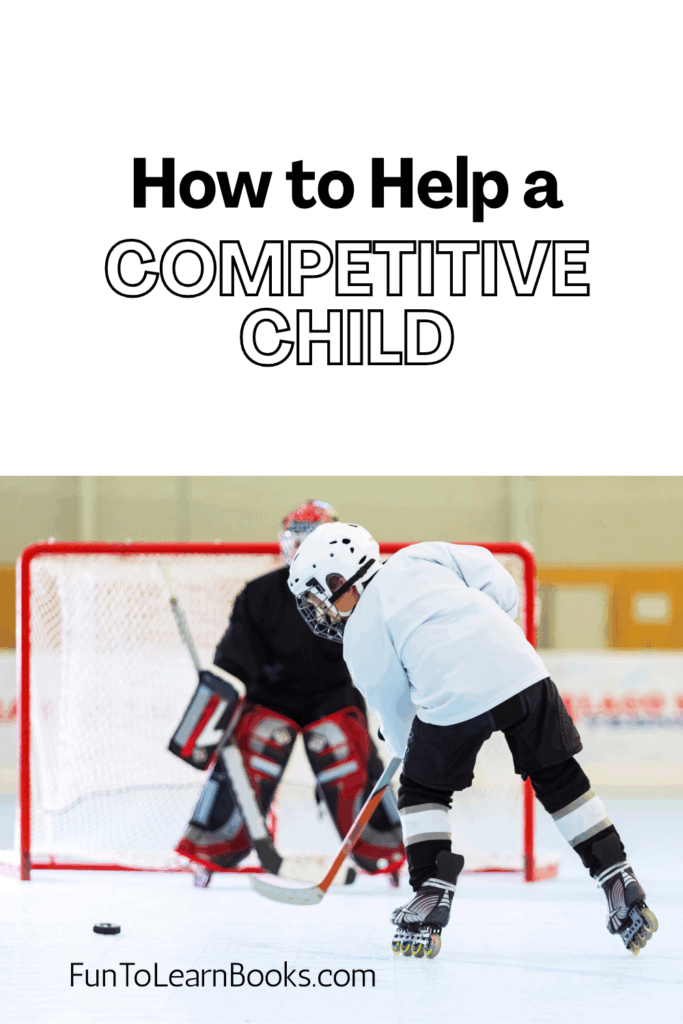Encouraging healthy competition in children is important, but when a child struggles to be a good sport, we may feel at a loss for how to respond. There are three steps we can take to promote good sportsmanship.
First, Define Sportsmanship and the Consequences of Not Being a Good Sport
Practicing and games can take a lot of our time, but we want to reserve some time away from the game to teach the skill of sportsmanship.
We want to clarify for our kids what it means to be a good sport. Sportsmanship involves fairness, humility in victory, graciousness in defeat, and encouragement toward others. A good sport congratulates opponents, handles winning and losing with dignity, and maintains a positive attitude regardless of the outcome.
Conversely, a child who is a poor sport—by bragging, blaming, sulking, or refusing to play—may develop a negative reputation that keeps the child from playing and achieving their goals. This behavior can also affect friendships and lead to social difficulties, as peers may be less inclined to play or invite a bad sport to join them again.
Second, Role Play Challenging Situations
One effective way to teach your child about good sportsmanship is through role-playing with low stakes games like board games. You can also role play the circumstances that provoke your child.
Scenario 1 – Good Sport:
While playing, the child wins. They say, “Good game!” to their opponent, smile, and shake hands or give a friendly high five. If they lose, they accept it graciously, saying, “That was fun!” instead of getting upset.
If another player isn’t being a good sport, the child focuses on being a good sport themselves or challenges the behavior within acceptable limits. For example, they call attention to the foul to the referee and if no foul is awarded, they continue to play their best. It’s also okay to calmly ask a competitor to abide by the game rules.
Scenario 2 – Bad Sport:
The child gets upset when they lose, stomps their feet, or blames the game or other players. They might say things like, “This game is stupid,” or refuse to shake hands.
If the child’s opponent is cheating and not called on it, the child might role play cheating themselves. Role playing this is fine as long as your child recognizes that it’s for educational purposes only!
By acting out these scenarios, children learn the behaviors that make games enjoyable for everyone, reinforcing positive habits in a safe environment. Afterwards, discuss how each behavior feels and why being respectful and gracious matters.
The Role of Positive Self-Talk in Choosing Good-Sport Behavior
Children often struggle to regulate their emotions during competition, but positive self-talk can help them make better choices. Encouraging your child to use encouraging words internally can boost their confidence and remind them to stay respectful and composed.
For example, a child might think, “I can be a good sport even if I lose,” or “I will cheer for my friend because that’s what a good sport does.” Reinforcing this kind of positive self-talk helps children manage their feelings of disappointment or excitement in a healthy way.
You can practice this by modeling positive self-talk yourself and guiding your child to verbalize or think positive affirmations during practices or competitions. Over time, this skill helps children develop self-control, making them not only better competitors but also better friends.
Final Thoughts
Helping your competitive child become a good sport is a process that involves teaching them respect, patience, and emotion management. Through role-playing and practicing positive self-talk, you can guide your child toward good sportsmanship and enjoyable participation in all kinds of competitive activities.
For more fun practice with sportsmanship, complete Level 1 of Training Aliens. Be sure to read the other posts in the Teaching Social & Emotional Skills series, too.


